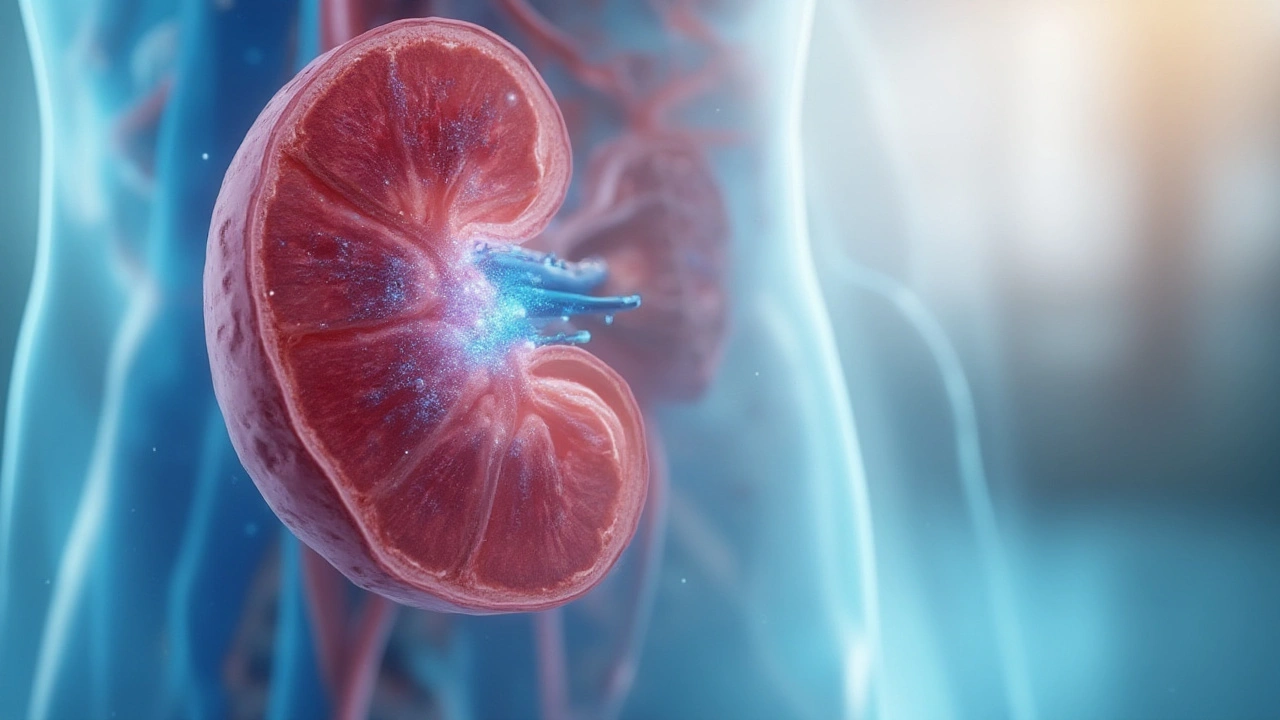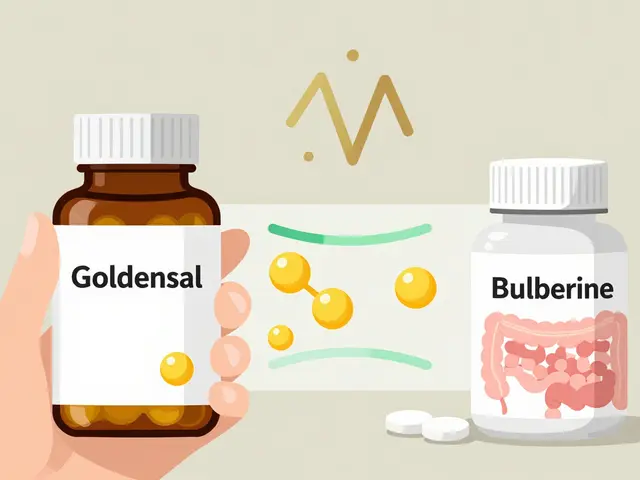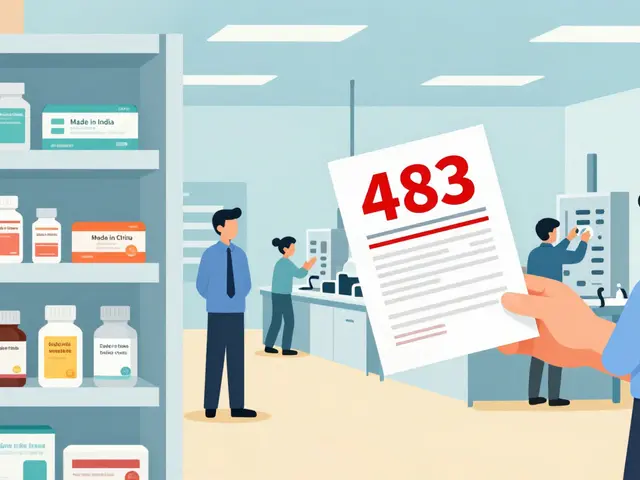RAAS Explained: What It Is and Why It Matters
Ever wonder why a tiny hormone can keep your blood pressure steady or send it soaring? That’s the Renin‑Angiotensin‑Aldosterone System, or RAAS for short. It’s a chain of signals that starts in your kidneys and ends up tightening blood vessels, holding onto salt, and telling your heart how hard to work. Understanding RAAS helps you see why certain meds work and how lifestyle tweaks can keep the system in balance.
Key Players in the RAAS
The RAAS ladder has four main steps. First, low blood flow or low sodium makes kidneys release renin. Renin chops a protein called angiotensinogen (made by the liver) into angiotensin I. Next, an enzyme called ACE (angiotensin‑converting enzyme) turns angiotensin I into angiotensin II, the real powerhouse. Angiotensin II narrows blood vessels, tells the adrenal glands to release aldosterone, and triggers the brain to raise blood pressure. Aldosterone then tells kidneys to keep sodium and water, boosting blood volume.
Common Drugs That Target the RAAS
If your doctor prescribed an ACE inhibitor, ARB, direct renin inhibitor, or aldosterone blocker, they’re aiming at this chain. ACE inhibitors (like lisinopril) stop the conversion to angiotensin II, so vessels stay relaxed. ARBs (like losartan) block the receptors where angiotensin II would act. Direct renin inhibitors (like aliskiren) stop the first step, and aldosterone antagonists (like spironolactone) keep kidneys from holding onto extra salt. All of them lower blood pressure and protect the heart.
These meds aren’t just for hypertension. They’re used after a heart attack, in heart failure, and even to slow kidney damage in diabetes. That’s because high angiotensin II levels can scar heart tissue and wear out kidneys. By dampening the signal, the drugs give your organs a break.
Side effects are usually mild—cough, a bit of dizziness, or higher potassium levels with aldosterone blockers. If you notice an annoying cough, your doctor might switch you from an ACE inhibitor to an ARB. Always tell your doctor about any other meds, especially potassium supplements or NSAIDs, because they can bump into the RAAS drugs.
Beyond pills, you can influence RAAS with lifestyle. Cutting back on too much salt reduces the amount of aldosterone your body feels it needs to hold onto water. Regular exercise improves kidney blood flow, which can lower renin release. Maintaining a healthy weight also keeps the whole system from overreacting.
When you get a lab test, keep an eye on your potassium and kidney function. RAAS blockers can change both, and the numbers help your doctor fine‑tune the dose. If your labs look off, don’t panic—just schedule a quick check‑in.
Bottom line: RAAS is the body’s own pressure control system, and most heart or kidney meds work by nudging it the right way. Knowing what each drug does, watching for side effects, and supporting the system with good habits can keep your blood pressure steady and your heart happy.
Breaks down how salt messes with kidney sodium handling, unleashes RAAS, and tips the balance toward swelling—demystifying fluid retention for regular folks.



 Medications
Medications




